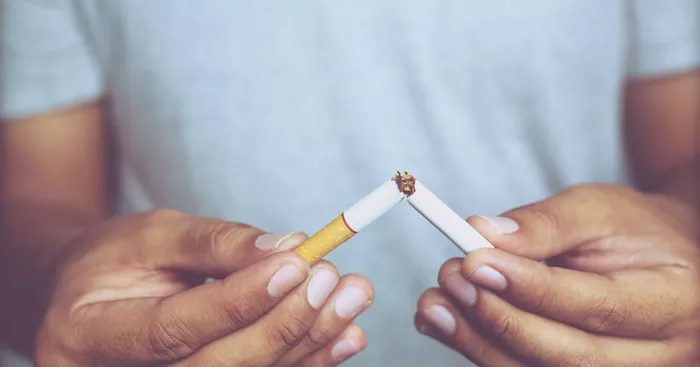The U.S. Food and Drug Administration (FDA) has unveiled a proposal to dramatically reduce nicotine levels in cigarettes and certain other tobacco products, marking a significant step in the fight against smoking-related health issues.
If finalized, the proposed rule would cut nicotine in nearly all combustible tobacco products—such as cigarettes, most cigars, and pipe tobacco—by approximately 95%. The nicotine content would be reduced to 0.07 milligrams per cigarette, a level too low to sustain addiction. This change is intended to break the cycle of nicotine addiction that contributes to tobacco-related diseases.
Brian King, Director of the FDA’s Center for Tobacco Products, emphasized that reducing nicotine levels could help prevent people from becoming addicted to tobacco in the first place. “By lowering nicotine to levels that no longer cause addiction, we can significantly reduce exposure to harmful chemicals that lead to deadly diseases,” King said.
Every year, smoking kills over 480,000 Americans, making it one of the leading causes of preventable death. Nicotine, while not directly responsible for the health damage caused by smoking, is the addictive substance that keeps people smoking. By regulating nicotine levels, the FDA hopes to reduce smoking rates and, ultimately, save lives.
The proposal, which was released during the final days of the Biden administration, has received mixed reactions. While some health advocates strongly support the plan, others argue that it doesn’t go far enough in regulating other nicotine products, such as e-cigarettes and hookahs. The proposal currently focuses only on combustible tobacco products and does not apply to vape products or smokeless tobacco.
Dr. Robert Califf, FDA Commissioner, described the proposal as a crucial step toward a healthier future. “If we want to make America healthier, this is one of the most important changes we can make,” he stated.
The FDA’s proposal estimates that, if finalized, the nicotine cap could prevent 48 million youth and young adults from becoming addicted to cigarettes. Additionally, nearly 13 million people are predicted to quit smoking within a year of the rule’s implementation.
Public health experts, such as Dr. Richard Besser, former acting director of the CDC, argue that reducing nicotine levels is a vital strategy to reduce smoking-related diseases. “Nicotine is what hooks people to smoking, but it’s the tar and chemicals in the smoke that cause cancer and heart disease,” Besser said.
Health organizations, including the American Lung Association, have expressed support for the proposal but call for broader measures that would reduce nicotine levels in all tobacco products, including e-cigarettes and hookah.
The FDA’s proposed rule will be open for public comment until mid-September, and companies would have two years to implement the changes once the rule is finalized.
Read more:
- Food Safety Advocates Expect Easy Transition After Red No. 3 Ban
- FDA Bans Red No. 3, Synthetic Dye Linked To Cancer In Animals
- Losing Weight Improves Health Physically But May Affect Mental Wellbeing


